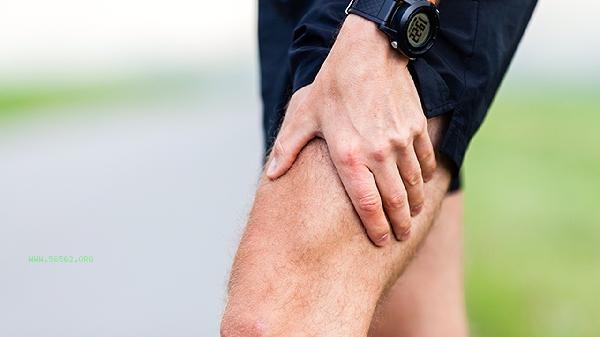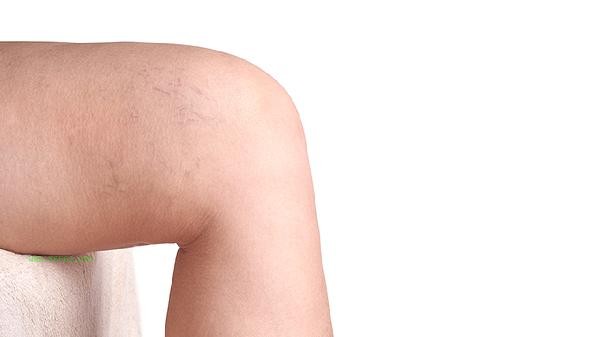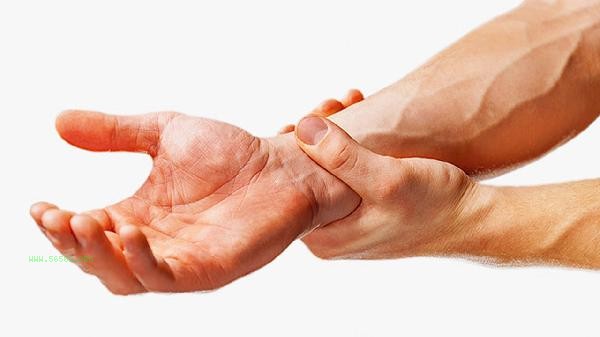The superior vena cava mainly receives venous blood reflux from the head and neck, upper limbs, and chest, including the brachiocephalic vein, azygos vein, thoracic internal vein, inferior thyroid vein, and vertebral vein.

1. Head arm vein:
The head arm vein is formed by the confluence of the ipsilateral internal jugular vein and subclavian vein, one on each side. The left brachiocephalic vein is relatively long and runs diagonally to the lower right across the three major branches of the aortic arch, merging with the right brachiocephalic vein to form the superior vena cava. The brachiocephalic vein collects venous blood from the head and neck, upper limbs, and some chest walls, and is the main branch of the superior vena cava.
2. Odd vein:
The Odd vein originates from the right lumbar ascending vein, ascends along the right anterior aspect of the thoracic vertebra, and reaches the height of the fourth thoracic vertebra, hooking forward above the right lung root and injecting into the superior vena cava. The Qiqi vein collects blood from the right intercostal vein, esophageal vein, bronchial vein, and semiQiqi vein, and is one of the important channels for communicating between the superior and inferior vena cava.
3. Internal thoracic vein:

The internal thoracic vein is formed by the confluence of the superior epigastric vein and the diaphragmatic vein, accompanied by an ascending artery of the same name, and flows into the brachiocephalic vein. Collecting venous blood from the upper part of the anterior abdominal wall, diaphragm, and chest wall can form collateral circulation pathways during portal hypertension.
4. Subthyroid vein:
The inferior thyroid vein originates from the inferior pole of the thyroid and flows downwards into the brachiocephalic vein or the starting point of the superior vena cava. This vein has significant variation and may have one or multiple branches. During thyroid surgery, attention should be paid to protection to avoid damage that may cause bleeding.
5. Shiina vein:
The vertebral vein plexus is divided into two groups, internal and external, and communicates with the intercostal vein and the posterior intercostal vein, ultimately merging into the brachiocephalic vein. The vertebral venous plexus has no venous valves, and the direction of blood flow can be reversed with changes in pressure, making it a potential pathway for tumor metastasis and infection spread. understanding the anatomy of the branches of the superior vena cava is of great significance for clinical diagnosis and treatment. Accurate positioning of vascular course is required during central venous catheterization, cardiac surgery, and other procedures; Patients with superior vena cava syndrome may experience symptoms such as head and neck edema and difficulty breathing, and the location of obstruction needs to be identified through imaging examination; During daily physical examinations, attention should be paid to the filling of the jugular vein. Abnormal distension may indicate right heart dysfunction or obstruction of superior vena cava return. It is recommended to undergo regular cardiovascular system examinations, maintain a low salt diet and moderate exercise, and avoid prolonged exposure to the same position that may affect venous return.









Comments (0)
Leave a Comment
No comments yet
Be the first to share your thoughts!